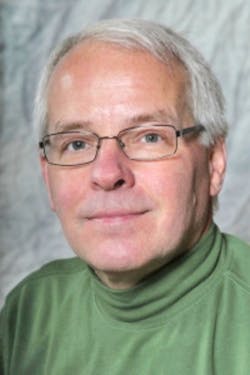Make accurate radio measurements to contend with wireless world
Radios are pervasive in our “everything-wireless world,” as Julius Knapp, chief of the FCC’s Office of Engineering and Technology, pointed out at last month’s EMC + SIPI Symposium. People, things, and machines all want to communicate wirelessly. If you are designing radios into this environment, you’ll need to be able to make advanced spectrum measurements like noise figure, spurious emissions, and adjacent channel leakage ratio.
Such measurements “…often require advanced knowledge of best measurement practices and instrumentation architectures,” according to Xavier Gosselin, applications engineering specialist for RF and wireless at National Instruments.
He notes that a power amplifier with poor ACLR performance can cause interference in adjacent cellular bands. In addition, errant DAC, OXCO, and TCXO spurs can translate to a transceiver’s output. And finally, he notes, “…the noise figure of the LNA is often most critical to the performance of the radio.”
In a webcast titled “Advanced spectrum measurements for modern radios—smarter testing from characterization to production” (which I will moderate), Gosselin will describe how to make these measurements using modern instrumentation. For more information, visit here.
About the Author

Rick Nelson
Contributing Editor
Rick is currently Contributing Technical Editor. He was Executive Editor for EE in 2011-2018. Previously he served on several publications, including EDN and Vision Systems Design, and has received awards for signed editorials from the American Society of Business Publication Editors. He began as a design engineer at General Electric and Litton Industries and earned a BSEE degree from Penn State.
